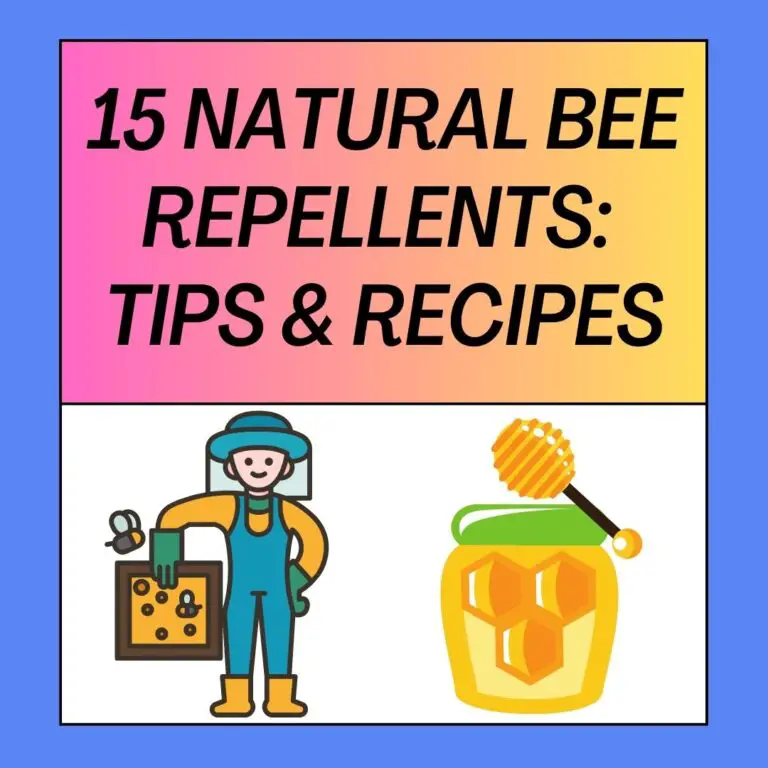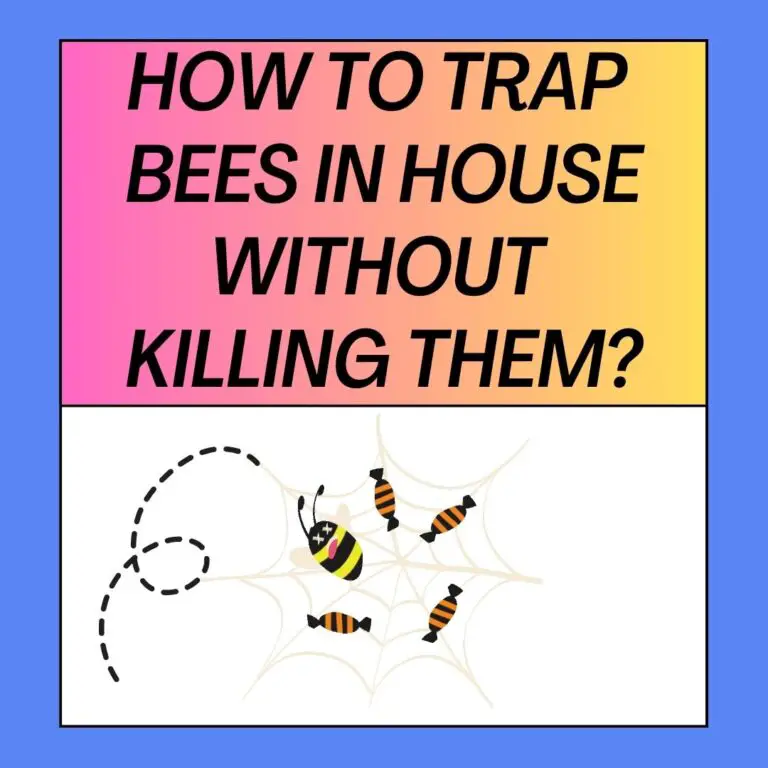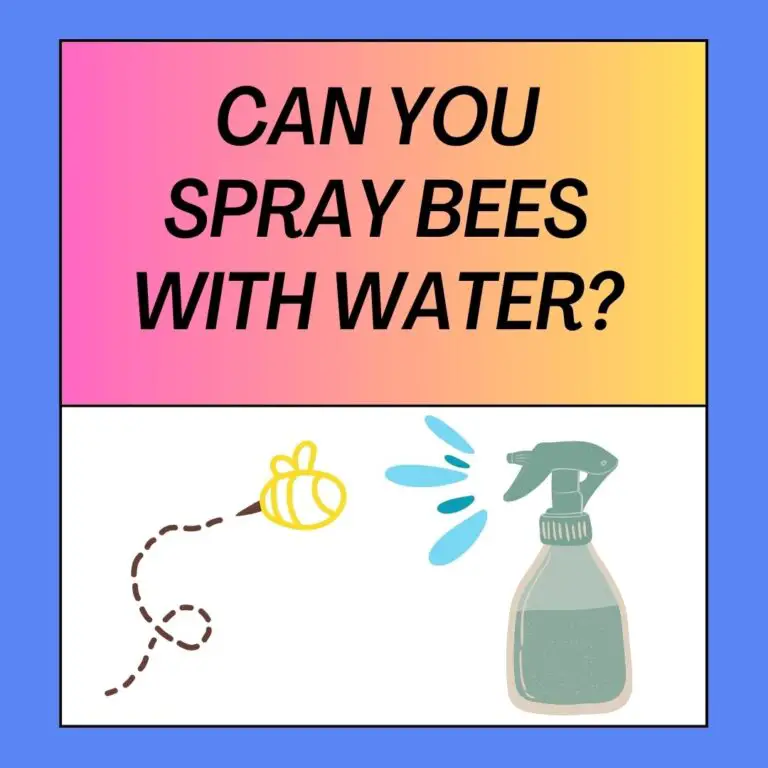
There are three primary types of queen cells in a beehive: swarm queen cells, supersedure queen cells, and emergency queen cells. These queen cells play distinct roles in the colony’s lifecycle and reproductive processes. Let’s explore each of them in detail:
The Vital Role of Queen Cells
Queen cells are a testament to the adaptability and resilience of honey bee colonies. They serve as the cradles for future queens, ensuring the colony’s continuity and ability to respond to changing circumstances. Understanding the differences between the three types of queen cells—swarm, supersedure, and emergency—is essential for beekeepers, as it enables them to make informed decisions regarding hive management.
The Three Types of Queen Cells
Queen cells fall into three main categories: swarm cells, supersedure cells, and emergency queen cells. Each type arises under specific conditions and fulfills distinct functions within the colony. Differentiating between them is crucial for effective beekeeping and colony maintenance.
Swarm Cells
Swarm Cell Characteristics
Swarm cells are typically larger and more elongated than regular worker cells. They are constructed on the lower edges of frames or along the comb’s periphery. Swarm cells are a sign that the colony is preparing to swarm, with the old queen leading a portion of the worker population to establish a new colony.
Swarm Cell Construction
Worker bees construct swarm cells when they sense overcrowding or reduced resource availability in the hive. The existing queen lays eggs in these cells, and the resulting larvae are nurtured to become new queens. These new queens will accompany the swarm, establishing a new colony at a different location.
The Swarm Cell Function
Swarm cells are a crucial part of the swarming process. They facilitate the division of the colony into two or more separate colonies, reducing overcrowding and resource competition. The swarm cell’s primary purpose is to produce a new queen for the swarming colony.
Beekeeper’s Role in Swarm Cell Management
Beekeepers may choose to manage swarm cells by either allowing the swarm to proceed or by preventing it. Prevention methods include splitting the colony or capturing the swarm. Beekeepers must assess the colony’s strength and resources to determine the appropriate course of action.
Supersedure Cells
Supersedure Cell Traits
Supersedure cells are typically smaller and are found in various locations within the hive, including on the face of combs and between worker brood cells. These cells indicate that the colony is planning to replace the current queen, often due to her declining productivity or age.
Supersedure Cell Formation
Worker bees create supersedure cells when they perceive the need for a new queen to replace the existing one. The old queen may still be present and laying eggs during this process. A larva is selected, fed royal jelly, and develops into a new queen.
The Purpose of Supersedure Cells
Supersedure cells are instrumental in ensuring the colony’s continued productivity. They allow the colony to replace an aging or failing queen with a new, vigorous one, thus maintaining the colony’s health and vitality.
Beekeeper’s Role in Supersedure Cell Management
Beekeepers can monitor supersedure cells during hive inspections. If the colony is preparing to replace the queen, the beekeeper can choose to allow the process to proceed naturally or, if necessary, replace the queen themselves with a mated one.
Emergency Queen Cells
Characteristics of Emergency Queen Cells
Emergency queen cells are similar in size to worker cells but stand out due to their vertical orientation within the comb. They are often constructed in response to sudden crises, such as the unexpected death or loss of the reigning queen.
Construction of Emergency Queen Cells
Worker bees urgently create emergency queen cells when the colony faces a queenless state. The existing worker larvae are selected to become potential queens. These cells are constructed rapidly to restore queen functionality in the hive.
The Significance of Emergency Queen Cells
Emergency queen cells are essential for the colony’s survival in unexpected situations. They represent the colony’s ability to adapt swiftly to a crisis by generating a new queen. The emergence of a new queen ensures the continuation of brood production and overall hive stability.
Beekeeper’s Role in Emergency Queen Cell Management
Beekeepers encountering emergency queen cells should carefully assess the situation. If a laying queen is already present, the emergency cells can be removed. However, if the hive is genuinely queenless, it may be prudent to allow the emergency queen cells to develop naturally.
Comparative Analysis
Swarm vs. Supersedure Cells
- Purpose: Swarm cells are for colony reproduction, leading to swarming, while supersedure cells are for replacing an aging or failing queen.
- Location: Swarm cells are typically found on the comb’s lower edges, while supersedure cells can be located anywhere within the hive.
- Timing: Swarm cells indicate a colony’s intent to swarm in the near future, while supersedure cells signal a planned queen replacement.
- Queen Presence: In swarming, the old queen is still present, while supersedure often occurs in the presence of the reigning queen.
Swarm vs. Emergency Cells
- Purpose: Swarm cells are for colony reproduction, whereas emergency cells are a response to queenlessness.
- Location: Swarm cells are found along the comb’s edges, while emergency cells are typically oriented vertically.
- Timing: Swarm cells indicate a planned swarm, while emergency cells are constructed urgently.
- Queen Presence: In swarming, the old queen is present, whereas emergency cells are created in queenless conditions.
Supersedure vs. Emergency Cells
- Purpose: Supersedure cells are for planned queen replacement, while emergency cells are a rapid response to queenlessness.
- Location: Supersedure cells can be found throughout the hive, while emergency cells are often vertically oriented.
- Timing: Supersedure cells are constructed when the colony decides to replace the queen, while emergency cells are created urgently.
- Queen Presence: In supersedure, the old queen is usually present, whereas emergency cells are constructed in queenless conditions.
Swarm vs. Supersedure vs. Emergency Queen Cells
When it comes to queen bee production and replacement in a honey bee colony, three primary types of queen cells play crucial roles: swarm cells, supersedure cells, and emergency queen cells. Each type serves a distinct purpose and arises in specific situations within the colony. This comparison chart highlights the key differences and similarities between these three types of queen cells.
| Criteria | Swarm Cells | Supersedure Cells | Emergency Queen Cells |
|---|---|---|---|
| Purpose | Preparation for colony swarming. | Planned replacement of the aging or failing queen. | Response to the unexpected loss of the queen. |
| Timing | Usually found in spring when the colony is strong and resources are abundant. | Can occur throughout the year, often when the queen’s performance declines or when she’s injured. | Occurs suddenly in response to the queen’s absence or death. |
| Number | Multiple swarm cells are typically created, as a swarm may involve thousands of bees. | Generally, a few supersedure cells are produced, typically one to a few. | The number of emergency queen cells can vary but is often several. |
| Cell Location | Usually found along the bottom edges of frames or comb, where worker bees cluster. | Typically located in the center of the comb, often on the face. | Can be anywhere in the comb, as they are constructed quickly in response to the crisis. |
| Larval Source | Swarm cells are usually fed with eggs or very young larvae. | Supersedure cells are typically constructed around larvae that are a few days old. | Emergency queen cells are typically built around existing worker larvae that are of the right age. |
| Worker Bee Involvement | Worker bees construct the cells and select the larvae. | Worker bees create supersedure cells and determine which larva will become the new queen. | Worker bees urgently construct emergency cells but don’t have the luxury of selecting larvae, as they need a queen quickly. |
| Queen Characteristics | Swarm queens are often small and may not be as well-mated as other queens due to the rush to swarm. | Supersedure queens tend to be well-mated and may have a high performance standard to meet. | Emergency queens are the fastest to emerge but may have lower mating success. |
| Behavior of Existing Queen | The existing queen leaves the hive with the primary swarm. | The old queen is often killed or driven away after the new queen emerges and matures. | The colony may continue functioning without a queen for a brief period until the new queen emerges and mates. |
| Colony State | Typically, the colony is strong, with a high population and ample resources. | The colony may be strong but is replacing the queen for performance or age-related reasons. | The colony is usually in crisis mode, with the loss of the queen creating an urgent need for a replacement. |
| Beekeeper Intervention | Beekeepers may choose to prevent swarming by splitting the colony or capturing the swarm. | Beekeepers can monitor for supersedure cells and choose to allow or prevent the replacement. | Beekeepers often intervene by introducing a mated queen or allowing the colony to raise a new queen. |
| Frequency | Swarm cells are less common and typically associated with specific seasonal conditions. | Supersedure cells occur periodically and are influenced by the queen’s performance and age. | Emergency queen cells can arise suddenly but are relatively less common. |
| Primary Trigger | Swarming is triggered by the colony’s desire to reproduce and expand to new locations. | Supersedure is often initiated when the existing queen’s performance or egg-laying capabilities decline. | Emergency cells result from the sudden loss or absence of the queen, whether due to injury, predation, or other factors. |
Understanding the differences between swarm, supersedure, and emergency queen cells is essential for beekeepers, as it allows them to respond appropriately to colony needs and maintain the health and productivity of their hives. Each type of queen cell reflects the colony’s unique response to specific challenges and opportunities.
Queen Cups
Queen cups are the starting point for all queen cells. They are distinctive structures that play a pivotal role in colony flexibility. This section will examine their definition, appearance, function, and how bees build and monitor them.
Conclusion
The world of queen cells in honey bee colonies is a fascinating one, reflecting the adaptability and resourcefulness of these remarkable insects. Swarm cells, supersedure cells, and emergency queen cells each play a distinct role in colony survival and adaptation.
Beekeepers’ understanding of these cell types and their functions is vital for effective hive management and supporting the health and productivity of their colonies. As stewards of bee colonies, beekeepers have the privilege of witnessing and facilitating the intricate processes of queen cell development, ensuring the continuity of these essential pollinators.






